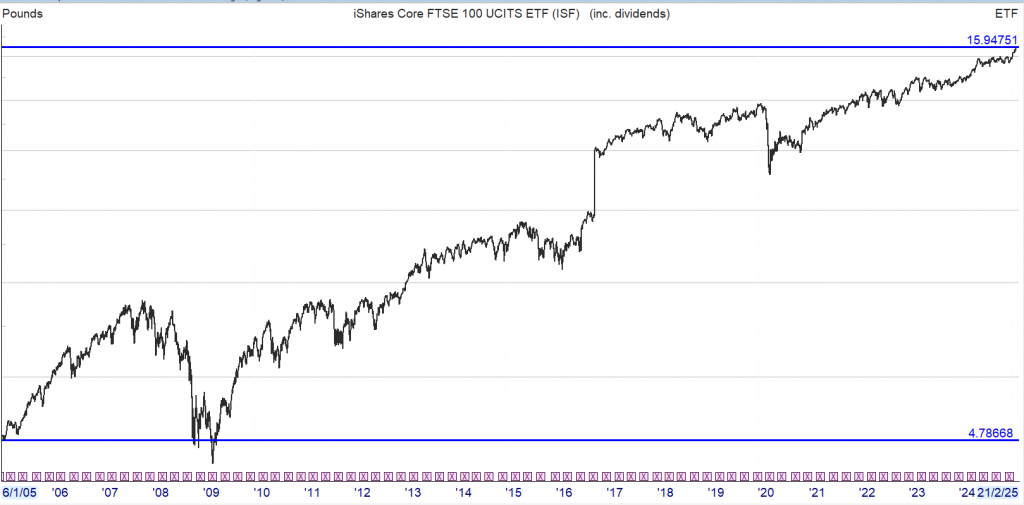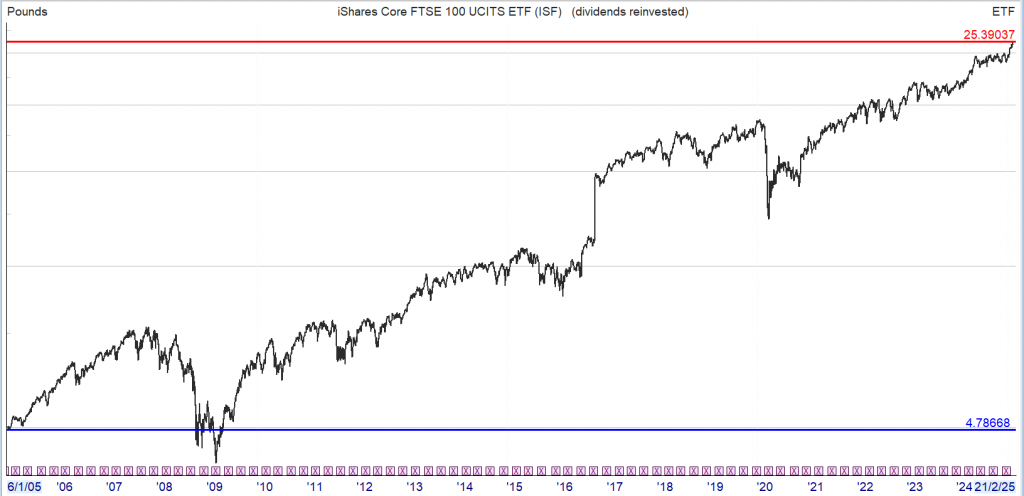ieves the sell-off in the shares has been overdone; while The Times believes a radical overhaul at HarbourVest Global Private Equity (HVPE), which includes capital being returned to shareholders and a more simplified structure adopted, make the shares a hold.

By Frank Buhagiar

The Telegraph thinks the market has got it wrong when it comes to 3I Infrastructure (3IN) and believes the sell-off in the shares has been overdone; while The Times believes a radical overhaul at HarbourVest Global Private Equity (HVPE), which includes capital being returned to shareholders and a more simplified structure adopted, make the shares a hold.
Questor – There’s a bargain to be had while markets misjudge this infrastructure trust.
Sometimes share prices are weak for good reason. Other times, the weakness may be down to shares simply falling out of favour. Figuring out which applies, that’s the hard bit. Not enough to stop The Telegraph’s Questor from trying though. For the tipster “sees an investment trust trading at an unusually wide discount to net asset value (Nav) and wonders whether there is a bargain to be had – 3i Infrastructure (3IN) might fit that description.” Particularly as 3IN doesn’t follow the typical infrastructure fund model: take on debt; acquire/develop assets that provide essential services; generate “long-term and reasonably predictable income”. Instead, 3IN focuses on “core infrastructure businesses that could deliver a combination of capital growth and income, rather than just a predictable income stream. It is this that differentiates 3i Infrastructure from most other listed infrastructure trusts, which tend to offer higher dividend yields but lower overall total returns.”
It’s a model that has served 3IN well. Adjusting for the payment of a large special dividend in 2018, the average annual NAV total return over the last 10 years stands at around 14%, while the dividend has risen from 7p to 12.65p. Those numbers helped by the fund selling well: over the last 10 years, assets have been sold at prices that have generated an average 37% uplift to the values held on its books. That’s a track record deserving of a share price premium to net assets and for most of 3IN’s life that has been the case. This all changed in September 2022, however, so that today the shares trade at a 15%ish discount to NAV while “the share price has made little to no headway over the past three years.”
Questor puts that discount down to the higher interest rate environment, but points out that “in this respect, economic conditions today are much closer to those prevailing at the time when 3i Infrastructure was launched.” It’s not as if the fund has not been here before. What’s more “In its latest update, the 3i team indicates that the majority of the portfolio is performing ahead or in line with expectations. Questor believes the selloff in 3i Infrastructure’s shares is overdone.”
Tempus – Is it time to sell shares in HarbourVest Global Private Equity ?
The Times’ Tempus thinks HarbourVest Global Private Equity (HVPE) “has often gone unnoticed by most DIY investors” because of the “seemingly perennial discount on the shares and a mistrust of private assets”. But this could be about to change thanks to “a radical overhaul at the trust”. Trigger for the overhaul, pressure from activist investor Metage Capital, that persistent discount to net assets and disappointing share price performance.
Among the changes being wrought: doubling the amount of cash being set aside for share buybacks; proposing a continuation vote at its annual meeting next year; and agreeing a more simplified investment structure with its manager, HarbourVest Partners, which will see the trust’s funds being put into a separate vehicle, thereby creating a more direct relationship between HVPE shareholders and its private holdings – previously these were “co-mingled” with other funds. It’s hoped this last change will go some way to making it easier for investors to understand the fund – HVPE invests in other funds, which in turn invest their assets into a wide range of private companies. Also, HVPE invests alongside other HarbourVest managed funds that focus on primary fund commitments, secondary investments and direct co-investments in operating companies. The fund invests in private credit too. In all, HVPE is exposed to over 1,000 different businesses. Easy to see why, the Board felt the need to simplify things.
Exposure to 1,000 companies does mean the fund is well diversified. Arguably a “one-stop-shop for a basket of privately owned assets” that has historically performed well: a +13% annualised NAV per share return between 2014 and 2024 compares favourably to the FTSE All World’s +10%. That long-term track record, those changes in the pipeline, including plans to return what Numis estimates could amount to US$235m to shareholders via buybacks, and “encouraging initiatives by the board to simplify a complex investment”, leads Tempus to think that now is not the time to sell the stock. Rather hold on and hopefully enjoy the ride.











